As the Classical Period came to an end, Beethoven was the most notable composer who contributed greatly to the transition into the Romantic Era (1780–1880). Beethoven's immense creativity dominated the next few decades by dramatically redefining many of the Classical era's existing musical conventions. In his concertos, symphonies, string quartets, and sonatas, he uses the sonata form in a way that no other composer has done.
The Romantic era saw huge developments in the quality and variety of instruments that naturally encouraged more and more expressive and diverse music from the composers. Musical forms such as the Romantic Orchestra have become expansive landscapes where composers have given their deepest emotions and dreams full and unbridled reign.
Beethoven, Mahler, Schumann, Brahms, Wagner, Schubert, Mendelssohn, Berlioz, Chopin, Verdi, Liszt, Bruckner, and Puccini are among the most well-known composers.
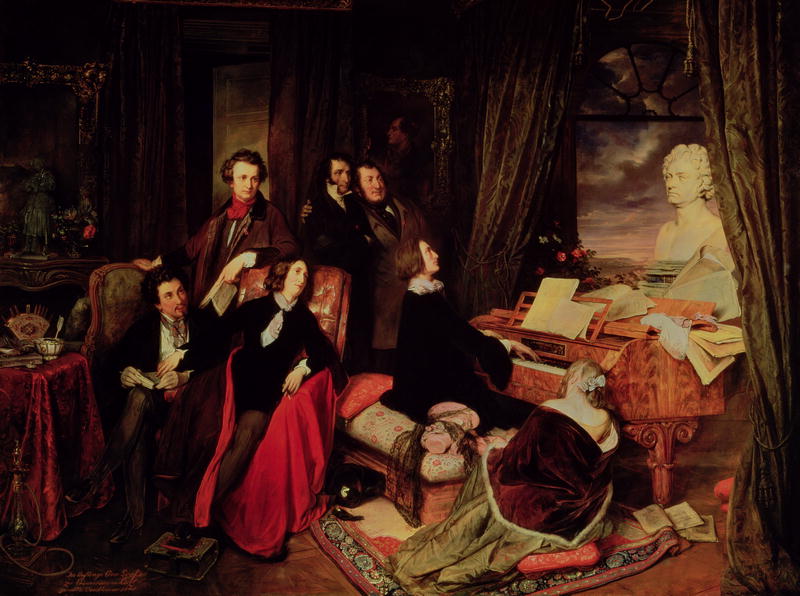
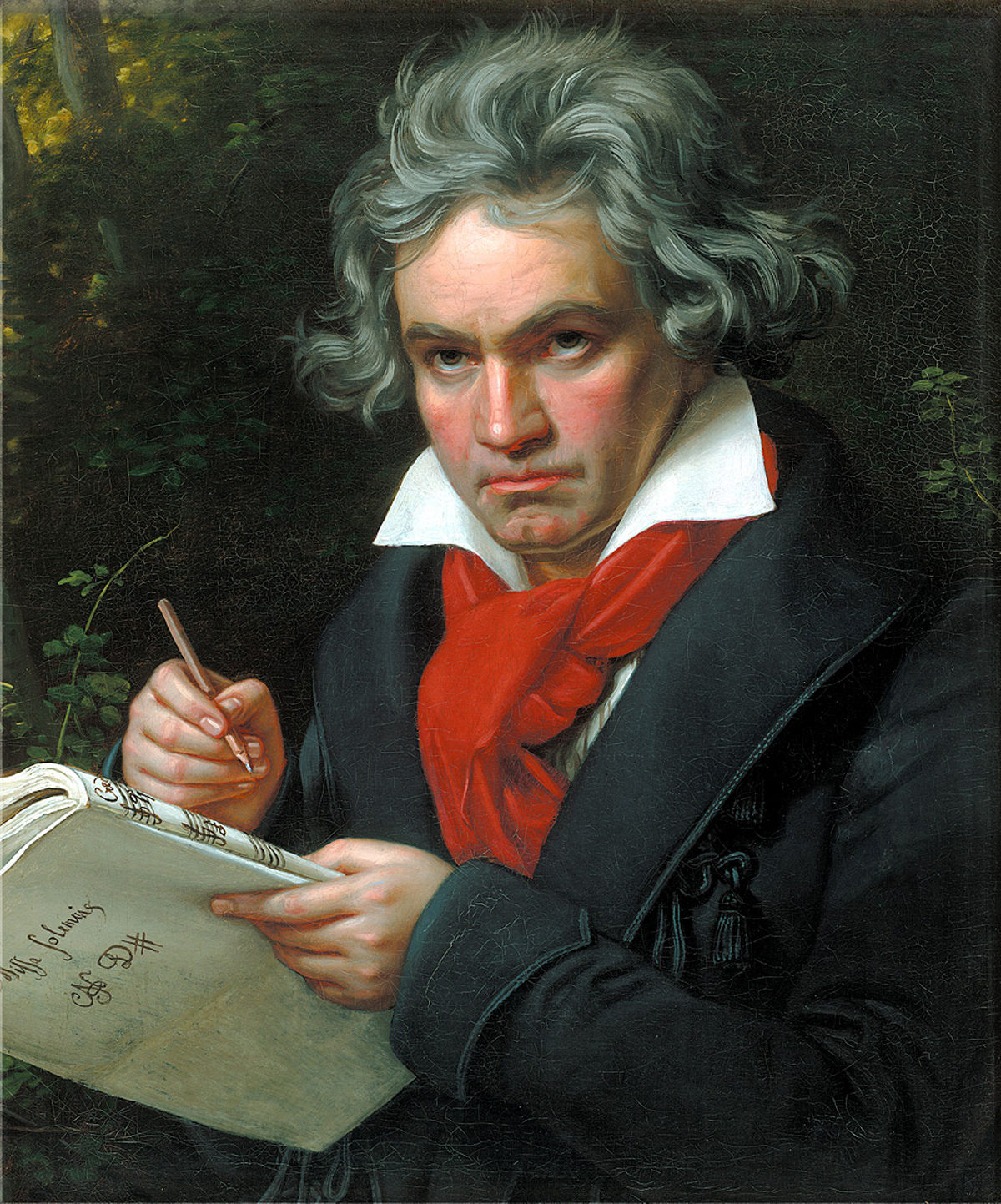
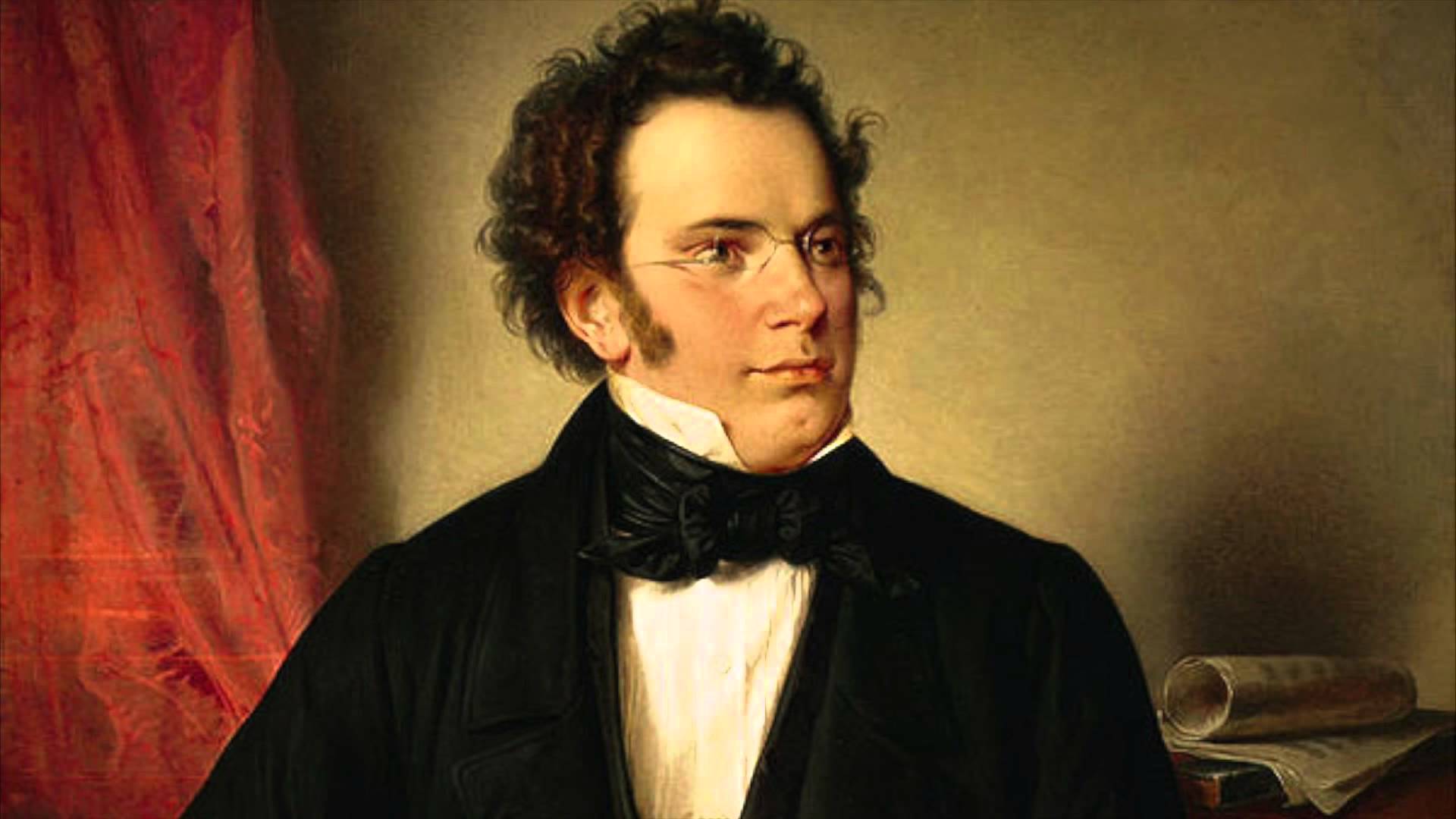
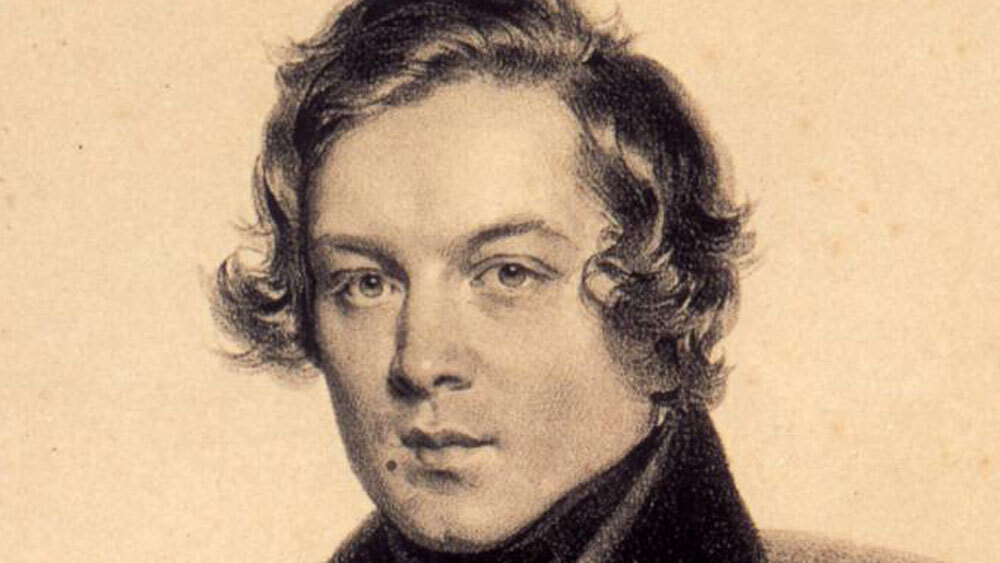
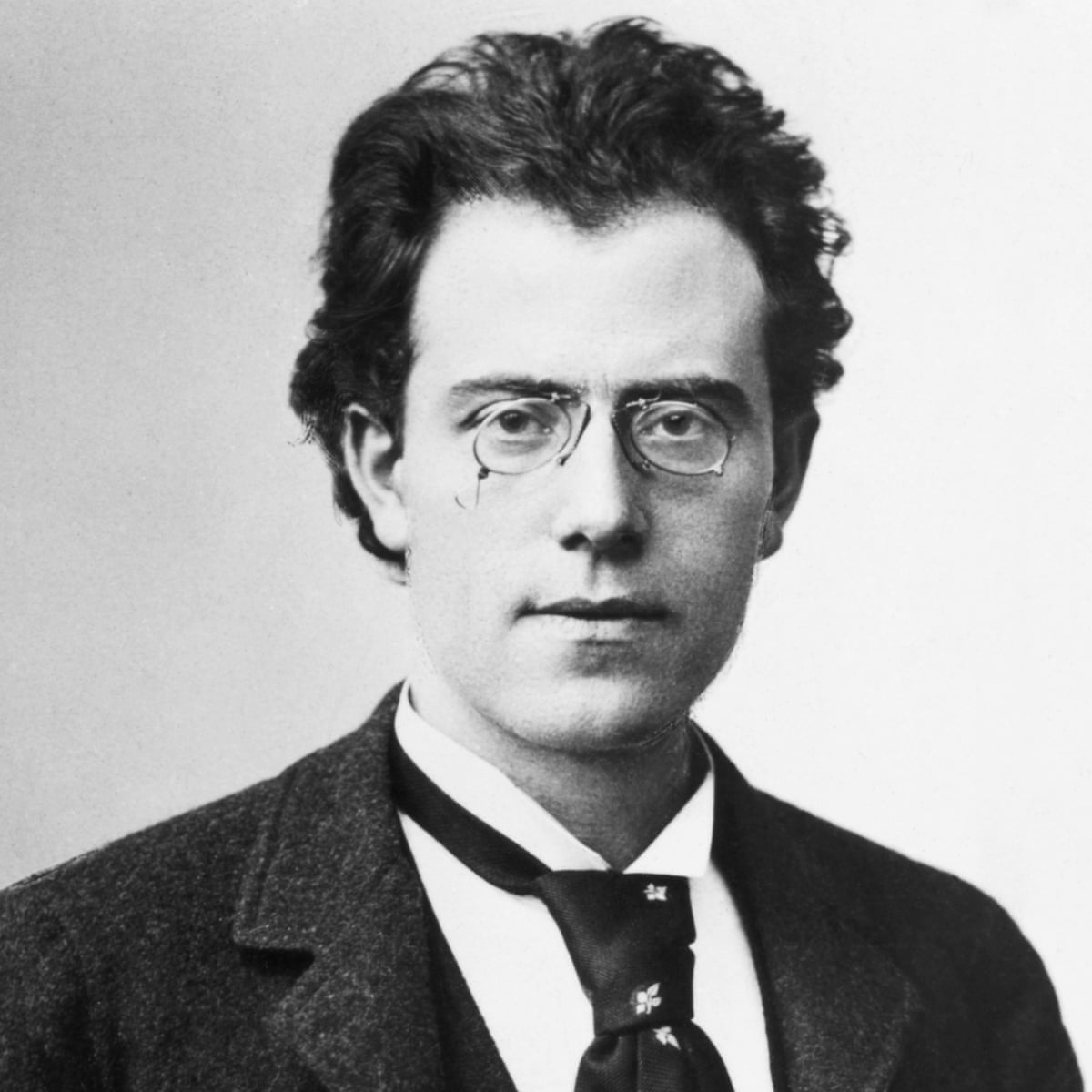

EXAMPLE OF MUSIC
Schubert - Serenade
This Standchen or “Serenade” is a Lied that was published a few months after Schubert's death. It was one of the last things he ever wrote. It's a short story of a person wishing to be loved by another. You can feel two different things: melancholy yearning and hope. They shift back and forth, back and forth.
Schumann - "Träumerei" (Dreaming)
To mark the 200th anniversary of Robert Schumann's birth, pianist and composer Rob Kapilow takes a look at one of Schumann's most quiet, introspective and most popular pieces — "Träumerei," often translated as "Dreaming," from the set of 13 solo piano pieces called Kinderszenen, or Scenes from Childhood.